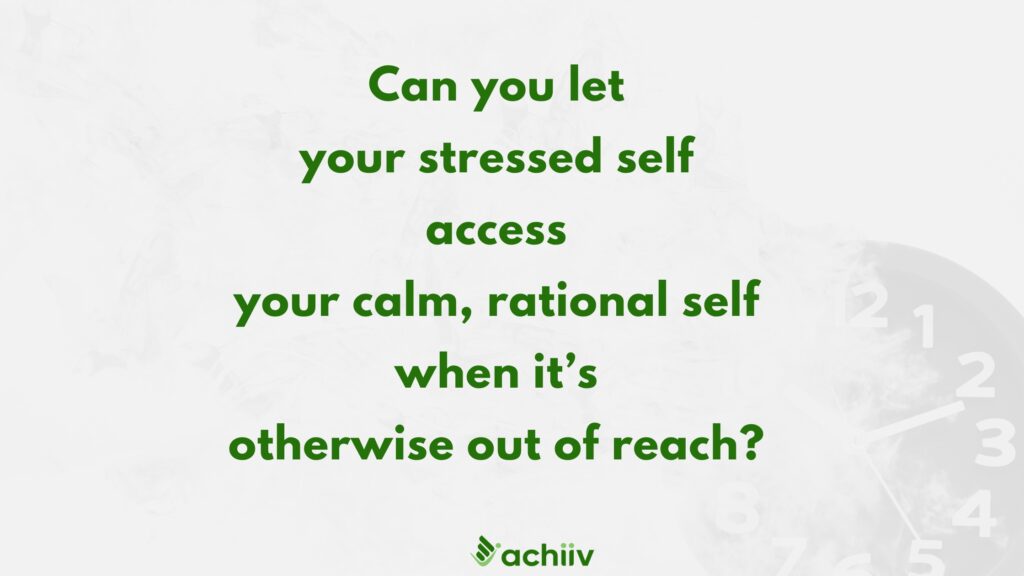A few years ago we visited Houston to see the Saturn V rocket – the one that put humans on the moon. The exciting part was the countdown to launch, when critical systems are checked off by the flight controller. There can be more than a dozen decision points that control a launch, any of which can stop or delay the launch if conditions for a “go” aren’t met – no matter how much money or effort has been invested.
This came back to me when I was talking to a hardtech founder recently on building his revenue model. He was building a complicated product, and it was no easy task to model his revenue. That was a complex question and the choices had big impacts on growth, capital and profits. Very quickly, however, I realized something else was wrong.
The founder was a subject matter expert and the product was great. But he had jumped the gun on checking if there was even a market for this offering. He had spent years in the industry and assumed there was a big opportunity without actually doing the math. Turns out there wasn’t.
You’d be tempted to conclude, as I initially was, that this was about not doing customer discovery right. But I see plenty of startups who’ve done the most thorough customer discovery imaginable and fall into similar traps. I’ve now realized the issue is much deeper: founders don’t have a systematic “launch control process” for their startup that puts the brakes on them when their startup isn’t launch-ready. So they end up with a Challenger-like outcome on their hands – too late to fix.
This founder failed to check for problem-solution fit. But even if he had got it right, he didn’t have a systematic way to catch other fatal flaws early enough to not waste weeks or months resolving downstream issues that may end up never even being relevant.
The Three Traps
I’ve observed three reasons why founders don’t catch fatal flaws in their startup ideas early.
Confirmation Bias:
As a founder you walk a fine line between passion for your mission and objectivity about facts. Psychology research shows that even being aware and intentional about avoiding our biases is ineffective at mitigating them. In that battle, human tendency tends to press the thumb on the scale to favor what we want to believe.
Resource Ruts:
Early on, you’re running as lean as you can to stretch every dollar. This scarcity creates a short term focus on fighting the fire and solving the problem right in front of you. It’s hard to get out of this reactive cycle to focus on long-term issues and reflect on big picture questions.
“False Summit” Syndrome:
The startup journey feels like an uphill climb that never ends. So any positive signal from the outside world, like kudos from a customer, or early traction, feels like you’ve reached the summit. After this high, it’s hard to even consider that some parts of your idea might need to be changed, and that there’s more to climb. It’s easier to avoid the difficult work of reassessing progress.
But by stumbling into these traps, you waste effort, suffer burnout and most importantly, lose time you’ll never get back.
To beat the odds and fight your own nature, you have to do what rocket scientists do: put a failure-proof system in place – a system good enough to save lives in space.

Setting Up Launch Controls For Your Startup
The reason launch control processes work is that they’re objective, unchanging, and allow you to step outside yourself and leave the decision-making to something more reliable than your emotions of the moment. You’re letting your pressured self “borrow” your calm, objective self when it’s otherwise out of reach.
Do you have the right beachhead market? It’s much easier to answer the question definitively if you’ve specified in advance that you must get at least 10 orders in that segment from pitching 100 prospects. It’s much harder to make that call right after your 100th sales pitch when the last call may unfairly sway your judgment.
To use this process effectively, you must do two things right: Set up items in the right sequence, and second, don’t proceed until you’ve assured yourself that each upstream item is good to go before moving forward.
How can you do this right? Start here:
Market Opportunity:
The arc of your startup’s success follows from the opportunity, so always start there. Are you playing in a big enough space?
- Toll gate example: Can I prove that the market can support at least $x million in sales based on a unit estimate?
- Illustration: A medical device startup develops a revolutionary device for treating a rare condition affecting 10,000 people worldwide. At $1,000 per unit, the market is simply too small to make it worthwhile.
Product & Revenue Model
Even a great opportunity can only be tapped through the vehicle of the specific product you’re offering. Do you have the right product with the right monetization strategy and revenue model?
- Toll gate example: Can we get at least 10 orders of this product for $x per customer?
- Illustration: A robotics company builds a highly sophisticated robot for warehouse automation. It’s incredibly efficient, but also very expensive. They fail to get 10 warehouses to order because the capital cost is too high relative to hiring labor.
Channel Strategy
The best product in the world is useless when the people who want it can’t access it. Can you access at least one channel that will help you reach a lot of customers reliably?
- Toll gate example: Can I get at least 10 customers within 90 days via social media ads?
- Illustration: An edtech startup develops a brilliant AI-powered tutoring platform. It’s personalized, engaging, and improves student learning outcomes. But they launch it solely through their website and a few social media ads, ignoring educational institutions.
Margins & Economics
There are plenty of great products reaching big markets that flamed out with poor economics. Unless you’re Uber, with a willing investor to match, you can’t “make it up on volume”
- Toll gate example: Can we manufacture this product at $x per unit or less at scale?
- Illustration: A solar panel startup develops highly efficient panels with new technology, but production costs are so high they’ll lose money at market prices.
Growth & Scale
Your entire model may be profitable, but too small/big or growing too slowly / fast for the specific type of capital you’re seeking. Does your planned scale and growth match your sources of capital?
- Toll gate example: Can we credibly grow this business to at least $50 million in 5 years or less so angels are interested?
- Illustration: A startup develops a peer-to-peer car-sharing platform to serve parents of school age children. Without massive investment and no competition from Uber, it’s hard to see how this startup will scale to angel-suitable levels.
Putting Your Launch Control System to Work
You don’t need to be a rocket scientist to apply these principles. Just start with four steps:
- Start with the fundamentals: Set high-level thresholds for the big five we discussed: market opportunity, product & revenue model, channel strategy, profitability and growth & scale
- Make it feasible: Devise small enough “gates” that you can check them with the level of resources you have now, but foundational enough that they can provide information of value. For example, experiments with small samples of customers provide incredibly valuable data.
- Make it black and white: Even for “unquantifiable” areas, force yourself to set at least yes/no standards you can test objectively. For example, to measure design simplicity, ask: can this product be made with less than 15 components?
- Allow yourself some tiers: It’s okay to have green/yellow / red as opposed to clear yes/no, as long as the thresholds are objective. For example, when evaluating the “complexity” of a new manufacturing process for a bio-engineered material, you can green/yellow/red lights for the process based on how many modifications are needed to existing equipment.
This level of rigor may feel uncomfortable at first, but it pays off in spades as you get fluent with it and see how much assurance and confidence it gives you. And I’m willing to bet you don’t give yourself enough credit for how deeply you know your own domain.
What’s your first toll-gate?








